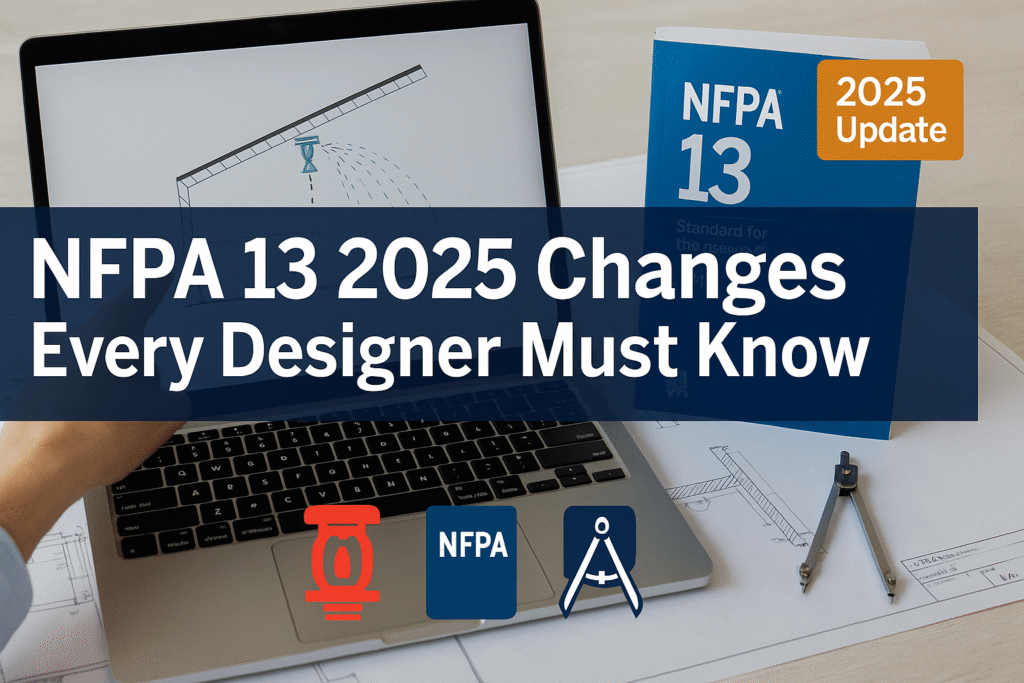NFPA 13 2025 brings big changes! Discover 7 critical updates every sprinkler designer must know to avoid costly mistakes and ensure code compliance.


NFPA 13 2025 brings big changes! Discover 7 critical updates every sprinkler designer must know to avoid costly mistakes and ensure code compliance.